This is a free fortnightly newsletter about the New Zealand Net. If you would like to be notified by email when a new edition is published, please contact ZL1NZ.
Browse our Newsletter Archive and List of Net Tips.
Featured key

The Hallowe’en bug. Photo: VK4CC
By Col VK4CC
Via the Vibroplex Key Group on Facebook
I acquired a Lightning Bug from Herman Willemsen here in Australia. It was minus the data plate so I decided to use it as my everyday bug instead of going on display. I enjoy japanning Vibroplex bug bases and, as this was a working instrument, I decided to tart up the base. The japanning turned out well but I decided to alter the gold striping a little. The cobweb design was just something I found and liked. When I sent a picture to a friend she dubbed it the Hallowe’en Bug. One day I will re-chrome the frame to make it look nicer.
* If you have an interesting key for this feature, please send me a nice clear photo and a few words describing it.
Quick notes
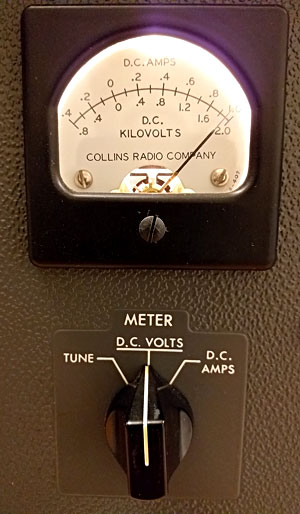 Here’s a quick question for you: how long do you think the NZ Net has been in operation? I was actually surprised when I found the answer, which I’ll give you at the end of this section.
Here’s a quick question for you: how long do you think the NZ Net has been in operation? I was actually surprised when I found the answer, which I’ll give you at the end of this section.
The Net Numbers report for October will appear in the next edition of Net News. That’s so that it can be transmitted first as a QNC during the NZ Net.
In 1958, a US radio amateur (5wpm Novice class) wrote an angry letter to QST magazine, complaining about the Morse requirement, and describing the code as obsolete. That elicited a torrent of letters from CW operators, with comments such as:
“CW goes farther, the equipment is cheaper to build, and it is universally understood. There is also quite a feeling of satisfaction to mastering the skill of a good fist.”
“After many hopeless months on fone, I have returned to the lower portion of the bands and have a better time ragchewing with a Novice or another ham…than trying to break the fone QRM.”
“In my job I am talking all day and it is good to be able to communicate with others and yet keep my mouth shut.”
– QST, December 1958
Type D key for sale on Trade Me. Just spotted this lovely straight key on our local auction website. Somebody is going to get a very nice key!
The first session of the NZ Net was on 25 March 2019, so we’ve been doing this for more than 2.5 years. That’s a lot of dits and dahs. Five stations participated in that first session: ZL2GD, ZL4LDY, ZL4OL, VK3DRQ and ZL1NZ (net control).
Pictured: Checking the HV at ZL1NZ in preparation for another NZ Net.
Photo flashback

Transmitter hall and repair shop at Wellington Radio ZLW c1960. Photo: Jim Coyle and maritimeradio.org
There is so much great detail in this photo. Chris Underwood ZL2CU, a former senior technician at ZLW, describes some of it:
“The transmitters in the background are, from left to right: NZPO type 351 (an RCA transmitter, ex WW2) from memory to Portland Island. Next are a couple of Collier and Beale transmitters, one partially hidden by a great circle map and antenna board. The bigger one was possibly the main marine 500 kHz transmitter and the smaller one for small ships radiotelephone on 2182 kHz. The grey one is possibly a Standard Radio transmitter. Closer to the camera is some sort of installation which I don’t recognise; it looks like the back of some equipment except for the row of meters across the top. In front of that is a Canadian CSR5 receiver on end, possibly being serviced. On the table in the foreground at left is what looks like an NZPO-made canvas technician’s toolbag.”
Peter’s Morse diary
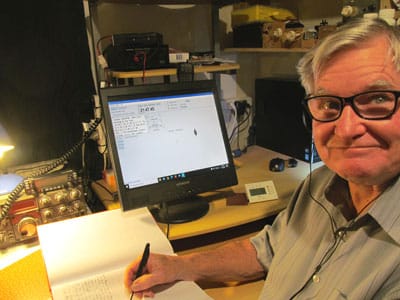 You may recall an article on learning Morse which Peter ZL1PJH contributed to NZ Net News 64 and you may have heard him practising on 3545 kHz around 2030 hours most evenings. Peter has been keeping a diary of his progress, and the following is an edited version. It even features one of our NZ Net members.
You may recall an article on learning Morse which Peter ZL1PJH contributed to NZ Net News 64 and you may have heard him practising on 3545 kHz around 2030 hours most evenings. Peter has been keeping a diary of his progress, and the following is an edited version. It even features one of our NZ Net members.
By Peter Henderson ZL1PJH
Friday 27 August 2021. At last night’s 3545 kHz session, after I had broadcast a second CQ, a strong clear signal came back from Ben ZL1BWG. Ben told me my ‘sending is ok’ and gave a signal report of ‘566’. I replied with my name and location. Then Ben keyed ‘antenna is ….’ and some word I could not copy. When I asked ‘antenna is what?’ I tried again to read his response but could not get a recognisable word to describe an antenna. I sent back ‘cannot copy antenna’. Ben went on to thank me for the contact and gave a 73 before signing off.
Friday 3 September 2021. This evening another reply came to my CQ on the ‘slow Morse’ frequency of 3545 kHz. The contact was again ZL1BWG but his name is Bruce, not Ben as I had thought last week. He explained that he ‘tried to call u a week back but was running 10 watts. Now am running 100.’ His signal was certainly stronger than last week. He went on to say he knew Waiuku very well, as he grew up in Papatoetoe but now lived in Whangarei. This has been the first CW QSO I have experienced where I understood more of the signal sent to me than I lost in translation. It was such an enjoyable moment to see my pen write down the entire sentence ‘We all started slow so don’t worry abt it’ translated from Bruce’s transmission. I had been hoping to be able to do this since I first began with Morse and to have it happen at last gave such exquisite feelings of satisfaction and contentment.
Sunday 12 September 2021. I downloaded CWGet to my PC and attached a microphone to a USB connection. I then switched on the Morse tone generator I made a couple of months ago and laid the headphone output from this generator next to the microphone. My first efforts indeed showed I needed to adjust timing and spacing for some letters. Letter F continually appeared as UE. V appeared as EEET.
The letter C proved a tricky character to get right as it displayed correctly only 20% of the times I keyed it. However, I felt I must trust the software and I continued on these timing and spacing issues for 45 minutes this evening and will continue the work every few days to see if I can get more hits on the intended letter with my key. You can see CWGet displaying some of my efforts to get the timing of C correctly. At first, the software records most of my attempts as NN or TEN but, as I continued to practise, I managed to improve my keying until the software showed a string of corrects hits!
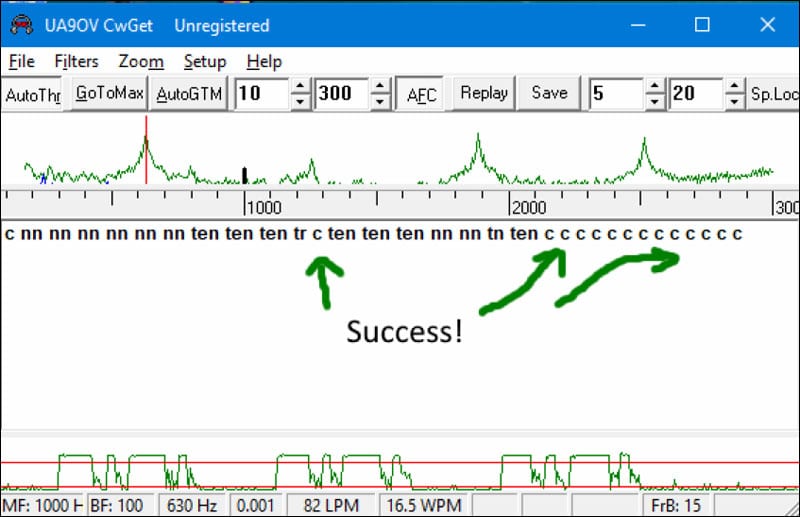
Books
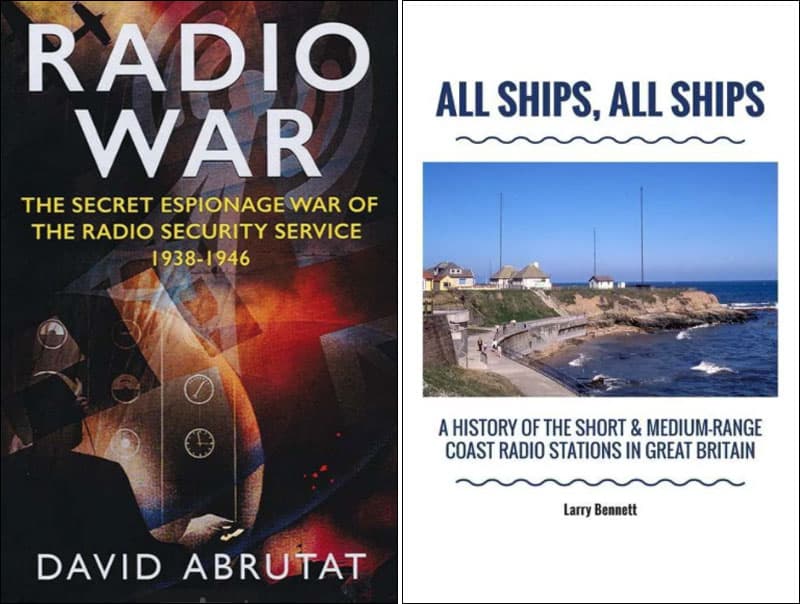
Here are a couple of books from the UK that look really interesting to me.
Radio War. If you enjoyed the video talk about numbers stations in NZ Net News 66, you’ll probably be keen to learn about the clandestine radio activities described in Radio War by David Abrutat.
Many books have described the work of Bletchley Park and even the work of GCHQ and SIGNIT but Radio War extends this into the work carried out by Voluntary Interceptors, many of whom were radio amateurs. During the Second World War, German intelligence deployed wireless teams throughout occupied Europe. Agents had even been deployed to mainland Britain to spy on military activity. Monitoring and reporting of their wireless transmissions fell to a small, secretive and largely unknown unit. The VIs would spend hours every day at home monitoring the short wavelengths for the faint signals transmitted by these German secret intelligence services. This unit was to become known as the Radio Security Service (RSS) and was at the core of the signals intelligence production effort at Bletchley Park.
> Radio War can be ordered from the RSGB online store.
All Ships, All Ships is a new book by Larry Bennett, author of Portishead Radio, released last year. In his new book, Larry recounts the history of short and medium-range maritime coast radio stations of Great Britain, plus Ireland and the Channel Islands. The introduction and development of the radio network, initially undertaken by Marconi and Lloyd’s, and subsequently the British Post Office, is covered in detail. The role of the stations during World War I and World War II is explored, as well as the introduction of new services, equipment, and expansion throughout the 1960s and 1970s.
NZ Net News reader John G4ETQ has read All Ships, All Ships and reports: “It’s packed with information, many pictures and lots of history in some 497 pages. The print is easy to read. For those interested in maritime radio, I can strongly recommend it.”
> All Ships, All Ships is available on amazon.com.
Have you read any good books about radio? Please send me your mini-review for a future newsletter.
Video: Russian Morse training
This local television news report from 2012 shows a Morse Code class in Khabarovsk, a city on the Amur River in southeastern Russia.
Alex Bykov, who posted the video on Facebook, explained: “Morse code in Russian military today. A news report about classes. You can see the Russian techniques for straight keys, as well as keyboards. Today the navy still uses it, and the weathermen in remote locations still do, too.”
When asked if Morse was still being used in 2021, Alex replied: “They bragged about how new Morse code keyboards with better ergonomics were developed for the military in 2017.”
‘Sparks’ made her mark in World War 2
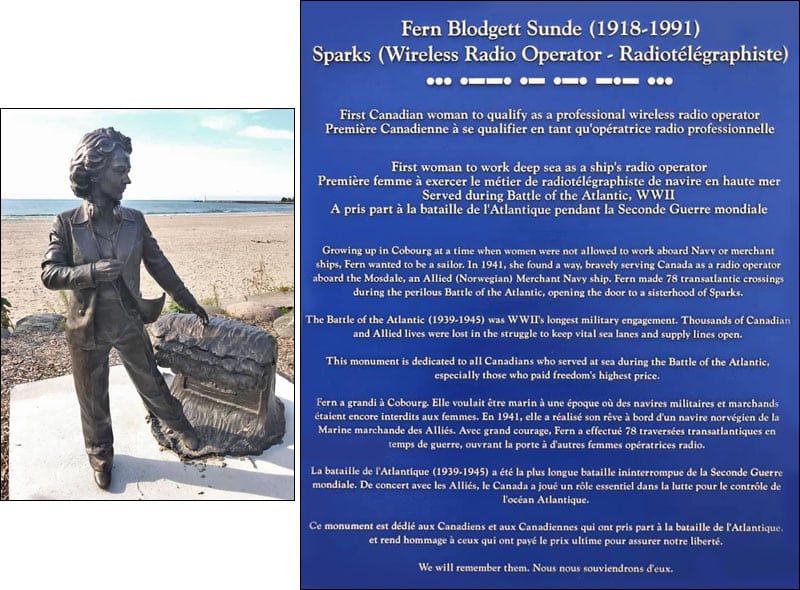
Fern Blodgett Sunde, born at the end of World War 1, was the first woman to work as a deep sea radio officer. This memorial to her stands in her hometown of Cobourg, Ontario. Photos: Lynn Hillborn VE3CSS
QLF Enterprises unveils latest key
 This amazing new key allows you to send with either foot. It’s shown here set up for the left foot, but remove two screws on the bottom, reverse the footprint and send as easily with your right foot. Get two and send with both feet. Start every character with your right foot, then alternate elements between left and right as you would a cootie key. This effortless keying won’t irritate your sciatic nerve and prevents “Glass Butt” dreaded by professional telegraphers.
This amazing new key allows you to send with either foot. It’s shown here set up for the left foot, but remove two screws on the bottom, reverse the footprint and send as easily with your right foot. Get two and send with both feet. Start every character with your right foot, then alternate elements between left and right as you would a cootie key. This effortless keying won’t irritate your sciatic nerve and prevents “Glass Butt” dreaded by professional telegraphers.
Adjustment is simple. A small hole in the middle “toe” allows you to set tension. A similar hole in the heel (not shown) allows you to set contact gap. It sits flat on the floor accommodating both sending styles by adjusting seat height: American style (heel on floor) and European style.
– Eric KE6US in the SKCC forum
Net tip: Things we must not transmit
Over the years, BBC Radio has refused to play certain songs, including Space Oddity by David Bowie, My Generation by The Who, and even the delightfully silly Monster Mash by Bobby ‘Boris’ Pickett.
Stan ZL3TK notes that the following record, by the Earthlings, was banned in 1965. You can hear the reason about half-way through:
Yes, the BBC ruled that the Morse signal di-di-di-dah-dah-dah-di-di-dit, commonly known as SOS, could have caused alarm among radio operators hearing the music broadcast by BBC Radio. (The record company then made a special version for the BBC, without the SOS.)
SOS is, of course, strictly reserved for emergencies. Occasionally, I have transmitted an NZ Net Trivia question referring to “a distress message” which had been sent during some historical event – but I have never referred to it as an ‘SOS’. Same reason as the BBC policy – I must not send SOS, except in an emergency.
I also remember that, when I worked in radio broadcasting, we would never use a siren sound effect in a drama or commercial, as it could confuse people – especially those who were driving at the time.
We all need to know, and instantly recognise, the SOS signal – and hope that we never actually hear it over the air, or need to send it ourselves.
Advertising archive
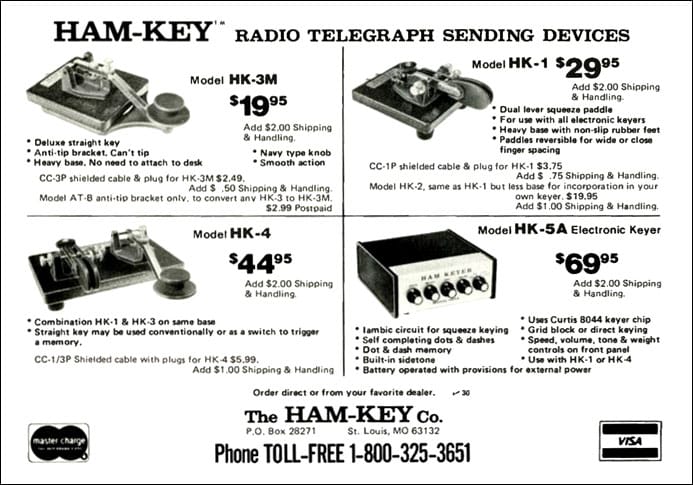
73 magazine, May 1980
Suggestions?
If you have suggestions on how to make the NZ Net better, or things you’d like to see covered in these updates, please contact ZL1NZ. You might even like to write something for the newsletter.
Thanks for reading, and I hope to hear you soon on the NZ Net!
—
Neil Sanderson ZL1NZ, Net Manager
New Zealand Net (NZ NET)
3535.0 kHz at 9pm NZT Mon-Fri



